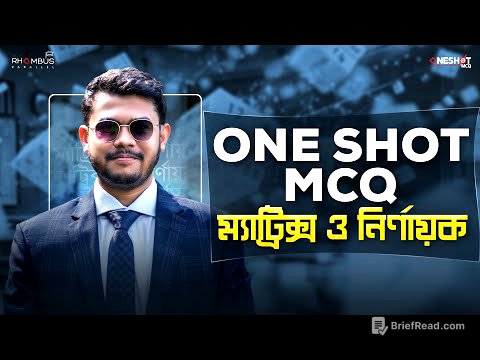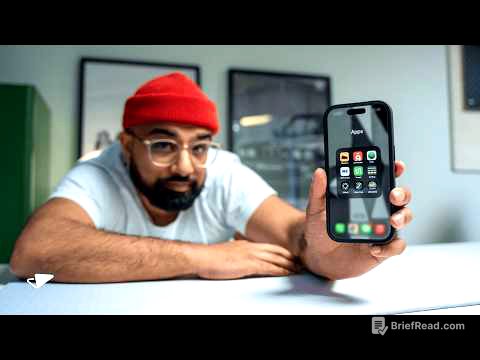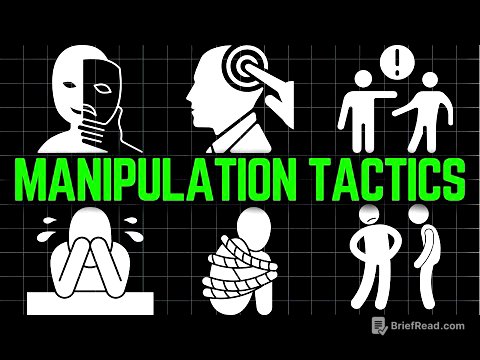TLDR;
This podcast episode covers listener feedback on cardiac sarcoidosis, the dangers of sinus node ablation for inappropriate sinus tachycardia (IST), survival after surgical AF ablation during CABG, the CONFIDENCE trial on finerenone and empagliflozin in CKD and diabetes, and the importance of recruiting for cardiac trials. Key points include the need for ICDs in cardiac sarcoid patients with AV block, caution against sinus node ablation for IST, the limitations of a study suggesting survival benefits from surgical AF ablation, the questionable value of the CONFIDENCE trial, and the critical need to support trials addressing major questions in electrophysiology.
- Listener feedback highlights the need for ICDs in cardiac sarcoid patients with AV block, regardless of LGE.
- Sinus node ablation for IST is discouraged due to the unknown, likely extracardiac, causes of IST.
- A study suggesting survival benefits from surgical AF ablation during CABG is criticized for methodological flaws and lack of stroke reduction.
- The CONFIDENCE trial on finerenone and empagliflozin is viewed skeptically due to its surrogate endpoint and short duration.
- Electrophysiologists are urged to support trials addressing major questions in the field to maintain the profession's stature.
Listener Feedback on Cardiac Sarcoidosis [0:50]
Dr. David Bernie, chief of cardiology at the University of Ottawa, provided feedback on a previous paper regarding risk stratification for ICDs in cardiac sarcoidosis patients. The original paper discussed using professional society recommendations or CMR to risk stratify patients for ICD implantation, noting that CMR had a better C statistic. Dr. Bernie emphasizes that patients with cardiac sarcoid who present with advanced conduction system disease and metabolically active disease are at significant risk of VT/VF, even with a normal EF. He cites a 2018 study showing a nearly 10% 5-year VT rate in such patients. Steroid treatment may also increase ventricular arrhythmia burden. Dr. Bernie recommends ICDs for all patients in this subgroup, regardless of LGE, and mentions ongoing updates to the HRS guidelines. He also promotes a cardiac sarcoid conference in Ottawa on August 24th-25th.
Inappropriate Sinus Tachycardia (IST) and Sinus Node Ablation [4:39]
The speaker discusses a case report of pulse field ablation (PFA) used to ablate the sinus node in a patient with inappropriate sinus tachycardia (IST), cautioning against such procedures. He explains that ablating sinus nodes in the 1990s often failed or caused complications like phrenic nerve injury or symptomatic junctional rhythm. The speaker argues that IST is likely caused by extracardiac factors, such as autoimmune conditions, rather than a problem with the sinus node itself. The case report involved a patient with a pacemaker due to a previous sinus node ablation attempt, where PFA reduced heart rate but resulted in persistent junctional rhythm at 90 days. The speaker criticizes the report's publication, noting the patient's morbid obesity and the lack of long-term follow-up. He also warns against surgical approaches involving epicardial linear ablation to isolate the sinus node, citing a flawed study with conflicts of interest. The speaker advocates for research focused on the causes of IST and emphasizes the need for empathy, honesty, and reassurance in managing these patients.
Survival After Surgical AF Ablation During CABG [10:02]
The speaker addresses a retrospective study suggesting a survival advantage for patients undergoing surgical AF ablation during CABG, but expresses skepticism about the findings. He notes the limited data and varied approaches in the surgical AF ablation field, contrasting it with the comprehensive data available for catheter ablation. The study, using Medicare data, found that patients receiving surgical ablation had a significant survival advantage, particularly in both "as treated" and "surgeon preference" analyses. However, the speaker argues that the study is still a non-randomized comparison with potential selection bias. He highlights the lack of difference in stroke incidence between the groups, questioning the mechanism by which AF ablation could reduce death without reducing stroke. The speaker also points out that the findings contradict a meta-analysis of 23 RCTs showing no reduction in death with surgical ablation. He calls for proper RCTs with AF burden and stroke incidence as endpoints, suggesting this as a valuable area for NIH investment.
Finerenone with Empagliflozin and CKD and Diabetes [17:18]
The speaker discusses the CONFIDENCE trial, which examined the effects of finerenone, empagliflozin, and their combination on urinary albumin-to-creatinine ratio in patients with type 2 diabetes and CKD. The trial found that the combination therapy resulted in a 52% reduction in the ratio, compared to 32% with finerenone alone and 29% with empagliflozin alone. Despite these results, the speaker expresses skepticism, questioning whether the trial was primarily a marketing exercise for finerenone. He criticizes the use of a surrogate endpoint (urinary albumin-to-creatinine ratio) and the short duration of the trial (six months). The speaker also notes the highly selective patient population and the absence of a spironolactone or eplerenone arm for comparison. He concludes that the CONFIDENCE trial does not change clinical practice due to its limitations.
Recruiting for Important Trials [22:45]
The speaker addresses the difficulty in recruiting patients for important clinical trials, highlighting three specific examples: the CRAFT-HF trial (surgical vs. catheter ablation in heart failure), a British trial using scar on CMR to determine ICD implantation in non-ischemic cardiomyopathy, and the PROVE-2 trial (replicating MADIT-2 in ischemic cardiomyopathy). He emphasizes the importance of these trials for advancing the field of electrophysiology and improving patient care. The speaker notes that the CRAFT-HF trial suffers from strict entry criteria, while the British trial has a brave protocol randomizing patients with non-ischemic cardiomyopathy and scar on CMR to either an ICD or no backup ICD. The PROVE-2 trial faces slow enrollment due to the decreasing number of patients with severe ischemic cardiomyopathy and reimbursement issues in Germany. The speaker urges his EP colleagues to support these trials to maintain the profession's stature and contribute to major evidence development.









